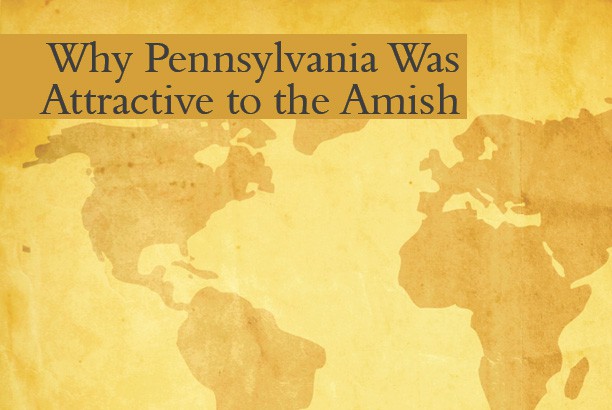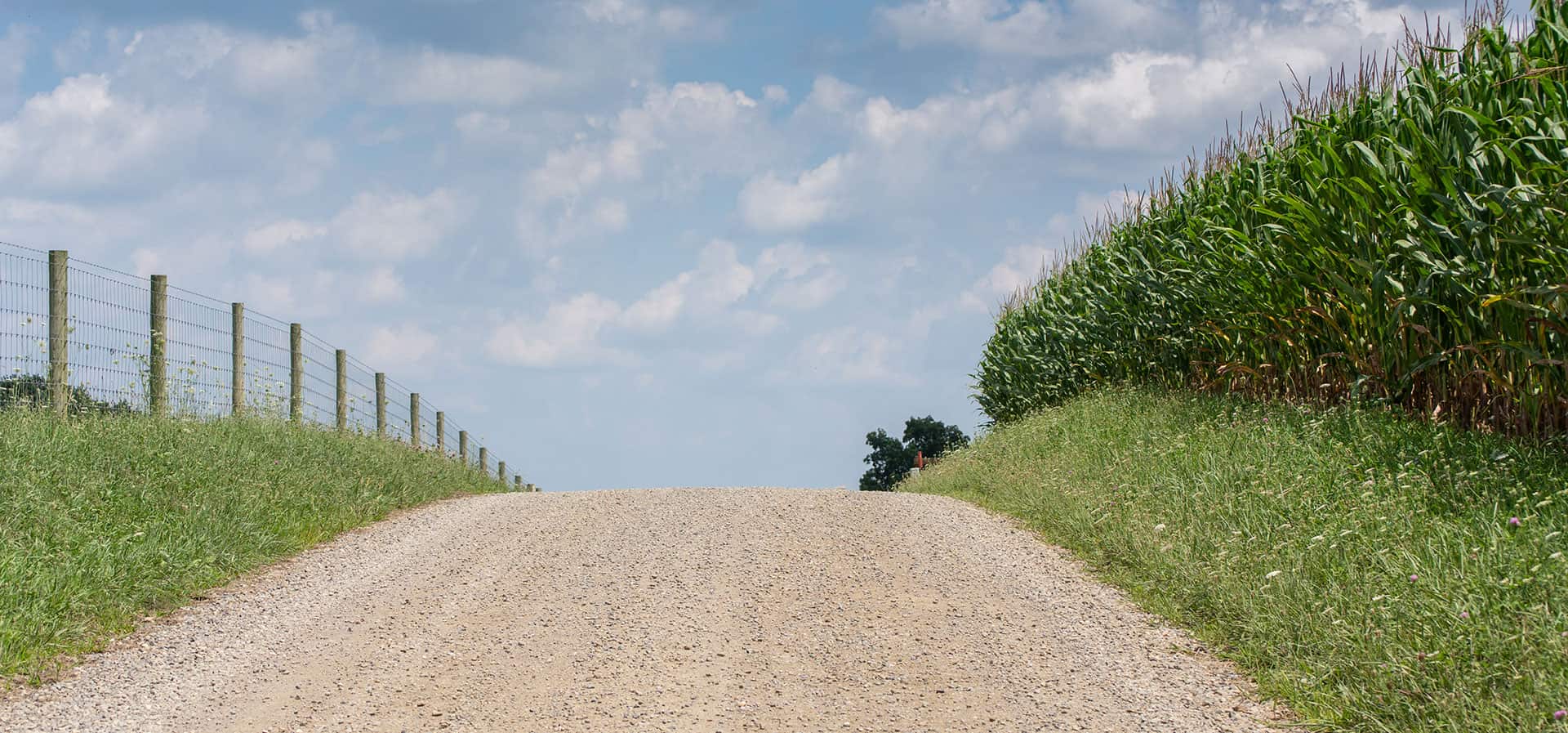 My son, who has always been a geography buff, has gotten me hooked on a History Channel show called “How the States Got Their Shapes.” (We’re watching on Netflix if you want to check it out.) One of the humorous features is when the host asks people who live in a state what they know about it. In one episode, he asked people in Pennsylvania who founded the state and why. Talk about being put on the spot. I laughed when one little boy said, “Uh, I haven’t learned that yet in school.” (I think some adults would have liked to be able to use that excuse.)
My son, who has always been a geography buff, has gotten me hooked on a History Channel show called “How the States Got Their Shapes.” (We’re watching on Netflix if you want to check it out.) One of the humorous features is when the host asks people who live in a state what they know about it. In one episode, he asked people in Pennsylvania who founded the state and why. Talk about being put on the spot. I laughed when one little boy said, “Uh, I haven’t learned that yet in school.” (I think some adults would have liked to be able to use that excuse.)
This particular episode was about how religious factors contributed to how state borders were drawn. I couldn’t claim that I knew more than basic information about William Penn, but I’ve done a bit of reading since then.
The story of why William Penn made the choices he made goes back to when he was a student at Oxford University and was outspokenly critical of the established Church of England. He claimed he had a mystical experience in which the Lord visited him and impressed on him some truths. After that, he joined the Society of Friends, or the Quakers, who valued individual “inner light.” The Quakers were one of a number of religious groups who were out of favor with the Catholic and Anglicans, who considered them to be heretics. Members of the Quakers were ostracized and subject to arrest.
William Penn himself was imprisoned six times and wrote prolifically in defense of liberty of conscience. In the meantime, the Quaker “problem” was growing. When King Charles II paid a debt he owed to Penn by giving him a large grant of land in North America, Penn saw a solution: a colony in the New World where Quakers and “good Christians” could undertake a Holy Experiment.
It turned out he was right. Persecuted Protestants from around Europe came in droves—German Lutherans, Moravians, Scots-Irish Presbyterians, Welsh Baptists, Brethren, Mennonites, and Amish. Penn wanted a tolerant social structure without the pressure of military service that pacifists in Europe were avoiding.
Sadly, some of the fighting over religion transferred from Europe to Pennsylvania, and even the peaceful Quakers divided. To make matters worse, Penn trusted people who mismanaged funds, and he was thrown into debtor’s prison. Before dying penniless in 1718, he concluded that his Holy Experiment had failed.
Yet under the leadership of his sons, Pennsylvania continued to provide asylum for groups like the Mennonites and Amish, who simply wanted to lead peaceful lives and arrived after Penn’s death. Driven out of Europe, they arrived with strong farming skills and other trades that were needed in a new colony. They found a place where German culture was widespread and they felt at home, but also a place where they benefited from a democratic approach to government and religious tolerance.
By the time of the American Revolution, the population of Penn’s colony was 300,000, and it had become a melting pot where believers of many traditions could worship freely, and disagreeing with the majority did not get you arrested.
Olivia Newport’s novels twist through time to find where faith and passions meet. She chases joy in Colorado at the foot of the Rockies, where daylilies grow as tall as she is. Her Amish novels include the Valley of Choice series along with Wonderful Lonesome and Meek and Mild.
-Why Pennsylvania Was Attractive to the Amish by Olivia Newport

